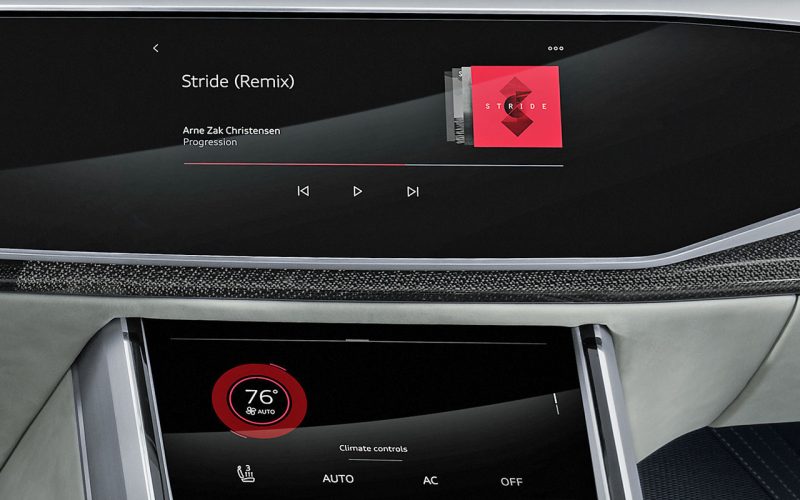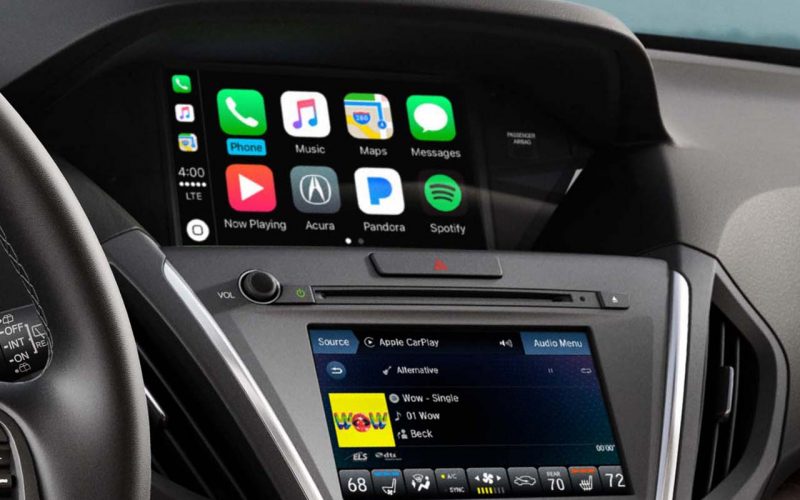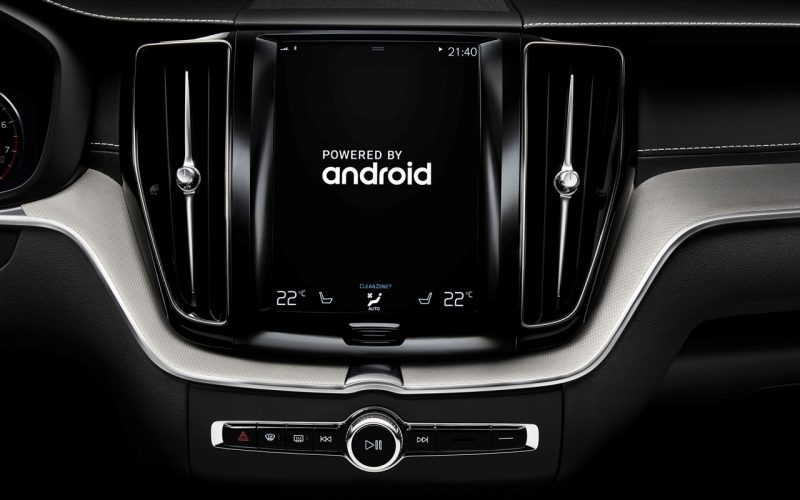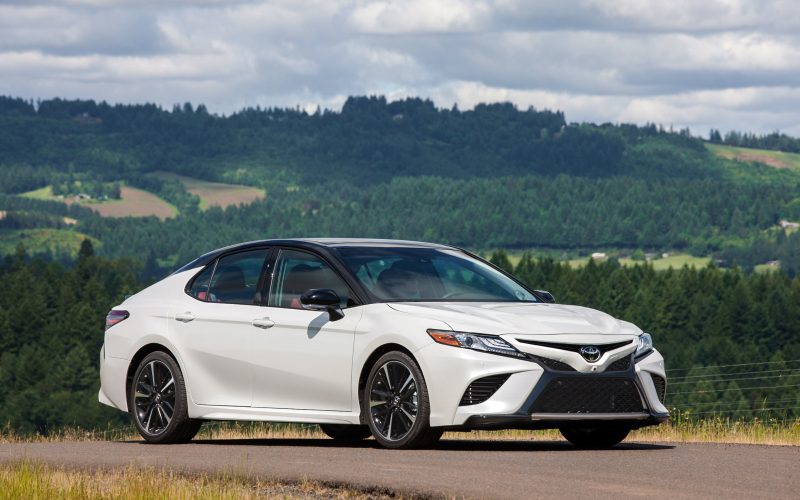
Reading Time: 4 minutesAudi already incorporates Android Auto and Apple CarPlay within its highly advanced MMI infotainment systems, but

Reading Time: 3 minutesLet’s face it. The majority of today’s consumers hook up to the digital world through an

Reading Time: 3 minutesWill tomorrow’s consumers be matching their next car purchase to their smartphones? It’s entirely possible. Some

Reading Time: 2 minutesTokyo – Automotive Linux Summit – Wednesday May 31, 2017 – Toyota Motor Corp announced that
© 2025 The Car Magazine. All Rights Reserved, Privacy Policy | Terms of Use